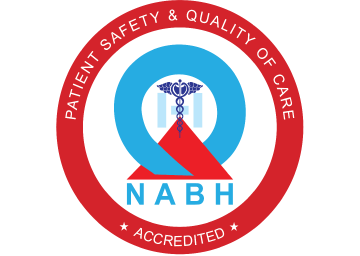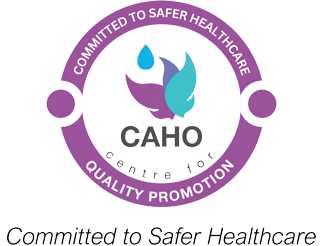Bone and Joint Infections
Infection of bone and joint is a serious problem in children which needs early diagnosis and immediate management. If untreated or neglected, this can lead to devastating complications like fracture, non-union of fracture, bone loss, growth disturbances (shortening, bowing, bending) of the bone or even hazardous to life. These infections are prone to occur in children after an episode of hospitalization or injury or due to decreased immunity.
The common conditions which we treat in our clinic are
- Septic arthritis
- Acute osteomyelitis
- Subacute osteomyelitis
- Chronic osteomyelitis
What are the Symptoms?
Children with infection usually don’t show typical symptoms like adults. They may not have fever or they won’t have pain. It is commonly seen as absence or restricted movements of the limbs which is also called as pseudoparalysis. There may be tenderness with swelling and redness at the site of infection. Some children may have only limping or pain at night times. Some children may come with discharging sinus in case of chronic (long time) duration of the infection.

How can we Diagnose it?
Routinely the children whom we suspect infection will undergo a series of blood investigations and radiological investigations. Depending on the duration and severity of symptoms our doctors may ask for investigations like blood tests and imaging. No blood test can tell whether your child do or don't have osteomyelitis. However, blood tests can give clues to help doctors decide what additional tests and procedures you may need. X-rays may not show the bony involvement unless osteomyelitis has been present for several weeks. More-detailed imaging tests may be necessary if your osteomyelitis has developed more recently. MRI Scan is the investigation which tells clearly the status of infection which is without risk of radiation in children and gives an accurate picture of the site and extent of lesion. Some children might need sedation (anaesthesia) for taking an MRI. Doing a culture and biopsy with the fluid (pus) or bone piece can reveal what type of germ has infected the bone. Knowing the type of germ allows us to choose an antibiotic that works particularly well for that type of infection.

This is one of our patients where the child’s x-rays and initial blood investigations were normal, he but MRI showed features of collection in the bone cavity and around the thigh. Earlier evaluation helped us to do a culture, biopsy and treat him accordingly.
The following surgeries are routinely done to avert further harm and arrest progression of bone and joint damage in these children. They are
- Decompression and drainage
- Arthrotomy and wound wash
- Curettage and sequestrectomy
What is decompression?
In case of deeper infections and subacute osteomyelitis like Brodie’s abscess where the children present with features of osteomyelitis, we do a decompression (to release the pressure within the infected bone) of the bone which is involved along with drainage of the abscess. When this done earlier this avoids lot of complications like spreading and destruction of bony architecture and damaging of the growth plates will not occur.
What is Arthrotomy?
In children who get admitted with signs of acute onset of joint involvement which we call septic arthritis are managed by emergency arthrotomy and wound wash. This is most commonly seen in children with decreased immunity and who had previous history of multiple admissions in neonatal and paediatric ICU. These children do very well after the emergency procedure which otherwise will result in the destruction of the joint which is most commonly seen around the hip and the knee joints. At our hospital we deal and treat these children with our well experienced radiologist and anaesthesia department we treat these children with the best care available to prevent the destruction of the joint cartilage and also further deformity due to abnormalities in the growth of physis around the joint involved.
What is a sequestrum?
A sequestrum is a piece of dead bone that has become separated during the process of necrosis from normal or sound bone. When the infection was long standing and the destruction gradually cuts off the blood supply to the affected bone. The part of bone gets separated further resulting in sequestrum formation in chronic (long standing) infections this is commonly seen. When there is persistent pus discharge is seen, this sequestrum must be removed by a surgical procedure called debridement and sequestrectomy.




